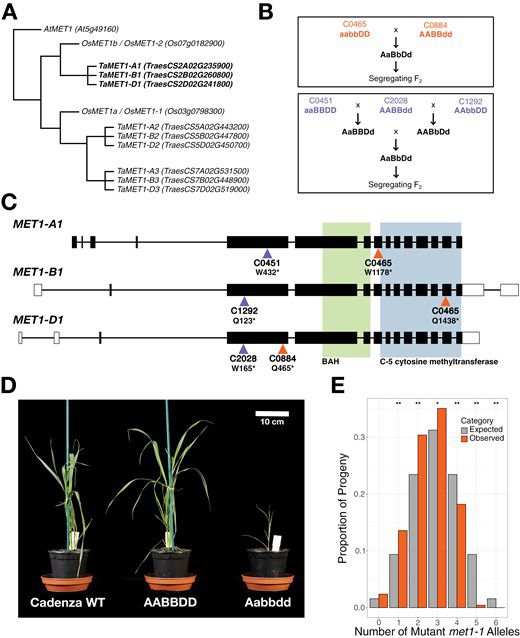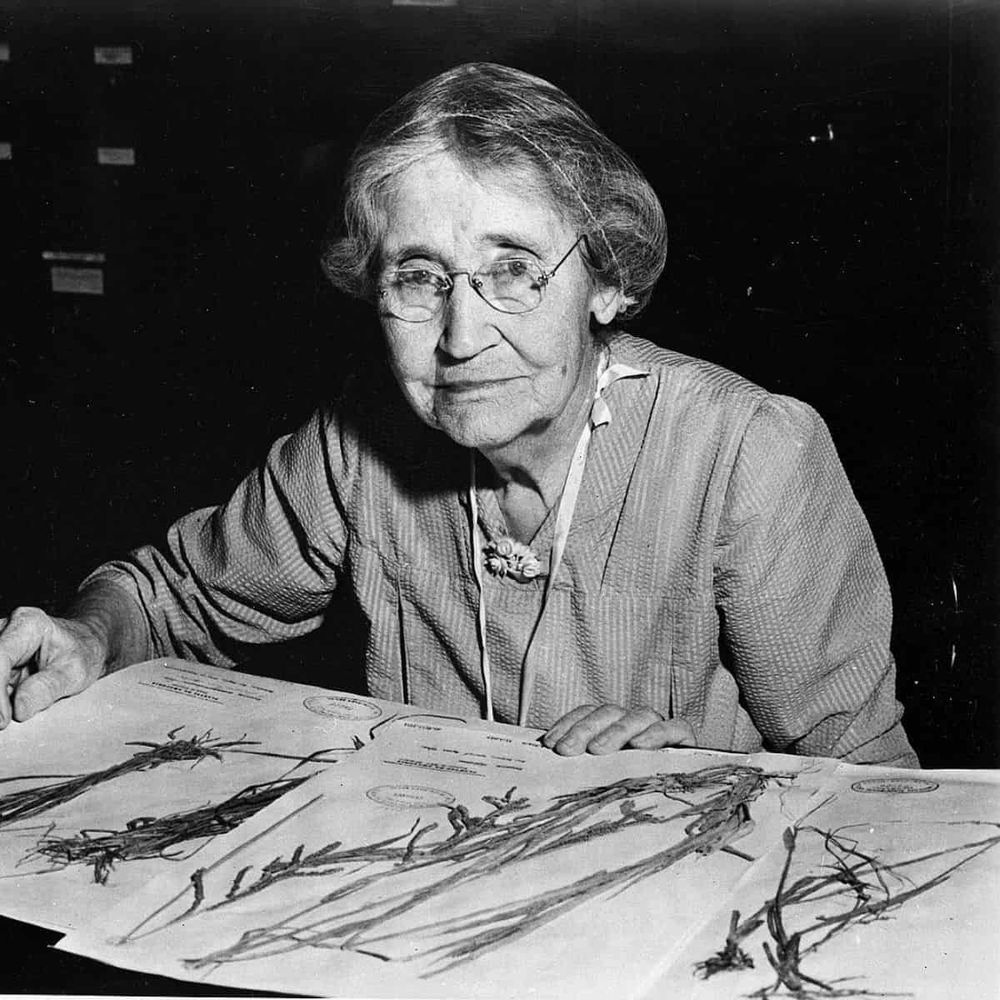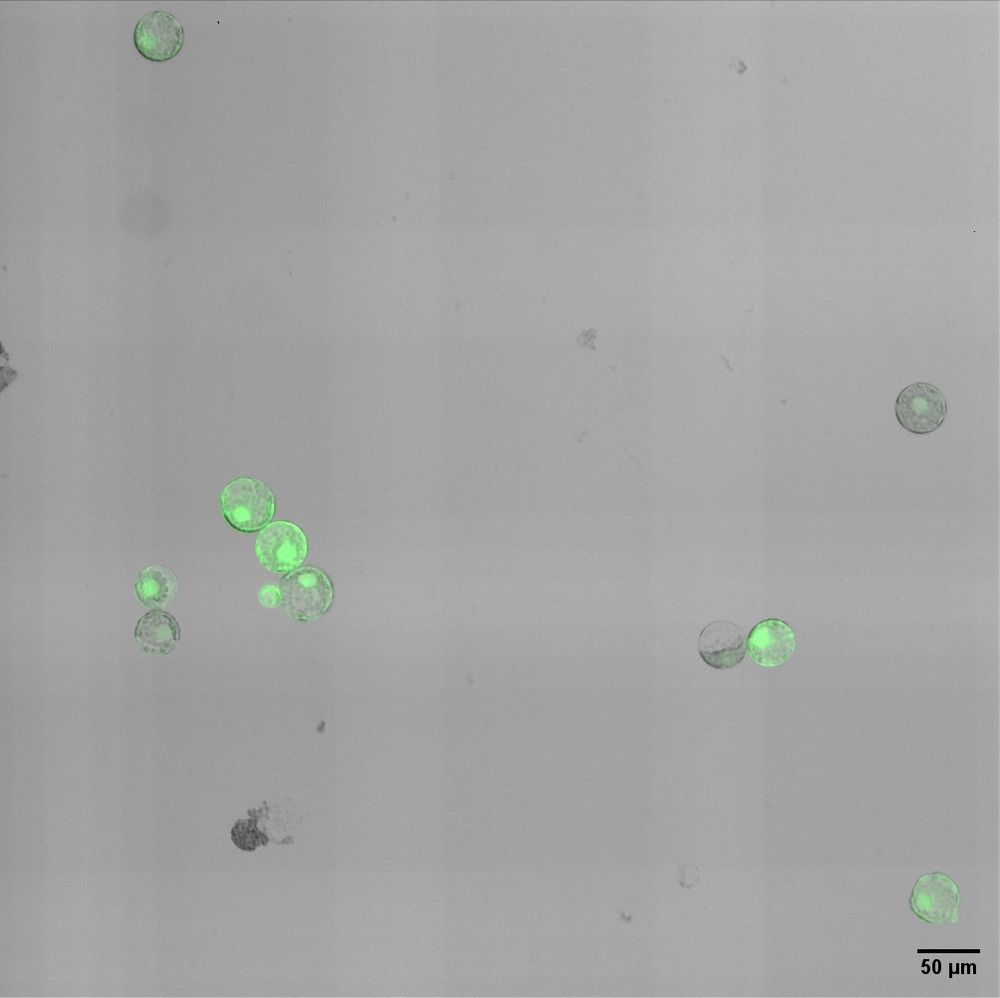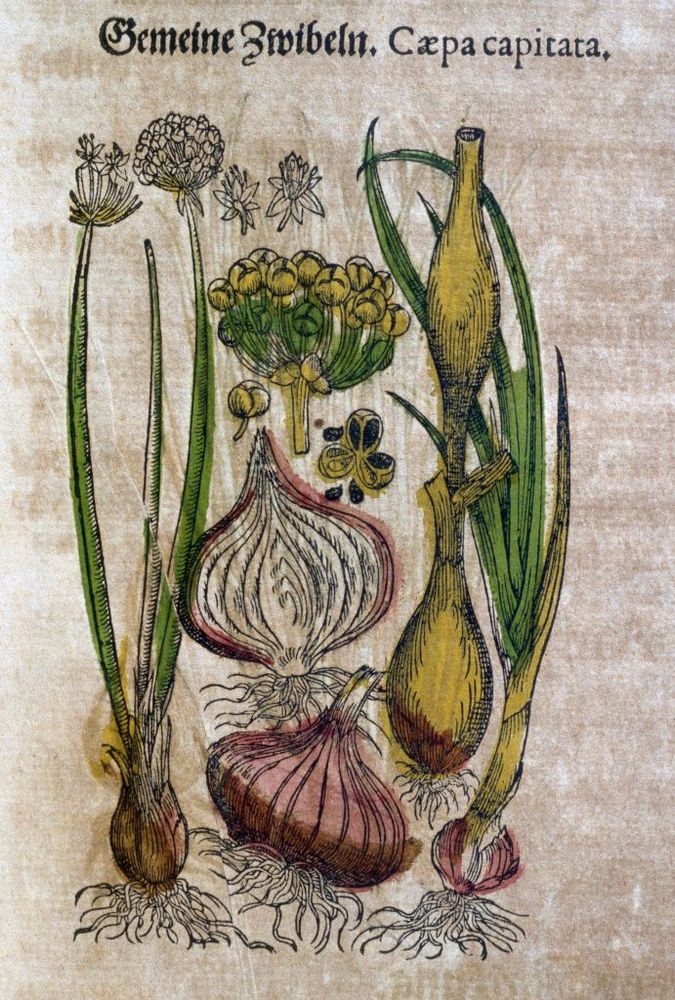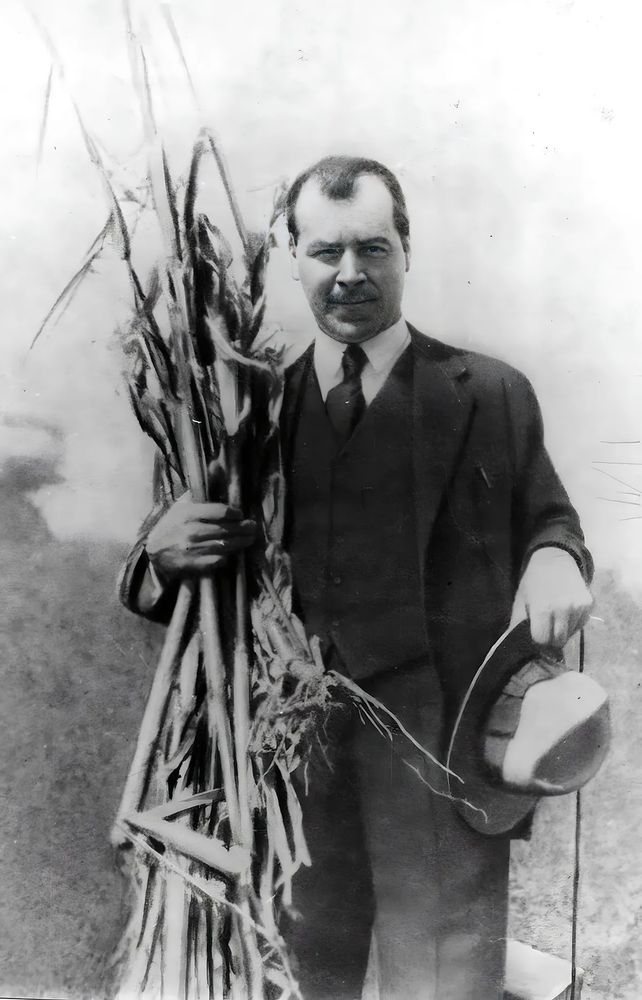Delfi Dorussen
@delfidorussen.bsky.social
180 followers
260 following
16 posts
PhD student studying wheat genetics/genomics at the John Innes Centre | University of Cambridge and WUR graduate | I love plants 🌿👩🔬🌾🌺 | she/her
Posts
Media
Videos
Starter Packs
Reposted by Delfi Dorussen
Reposted by Delfi Dorussen
Reposted by Delfi Dorussen
Reposted by Delfi Dorussen
Delfi Dorussen
@delfidorussen.bsky.social
· Apr 10
Reposted by Delfi Dorussen
The Guardian
@theguardian.com
· Feb 8
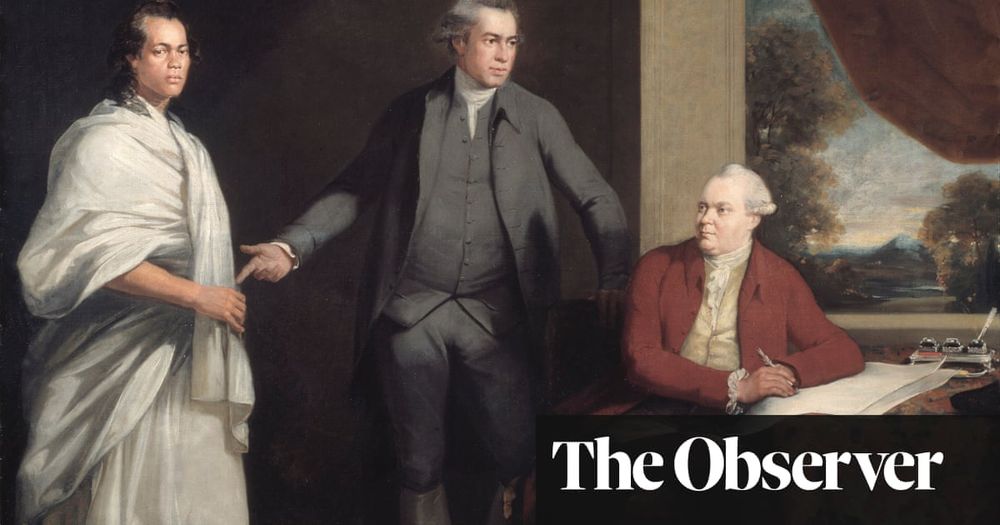
Groundbreaking botanical discoveries on Captain Cook voyage were thanks to Indigenous people
New book reveals that Pacific islands inhabitants helped European scientists identify hundreds of plant species
In 1769, nearly nine months after setting sail with Capt James Cook on his first voyage to the Pacific, Joseph Banks and Daniel Solander…
www.theguardian.com
Reposted by Delfi Dorussen
Reposted by Delfi Dorussen
Reposted by Delfi Dorussen
Reposted by Delfi Dorussen

